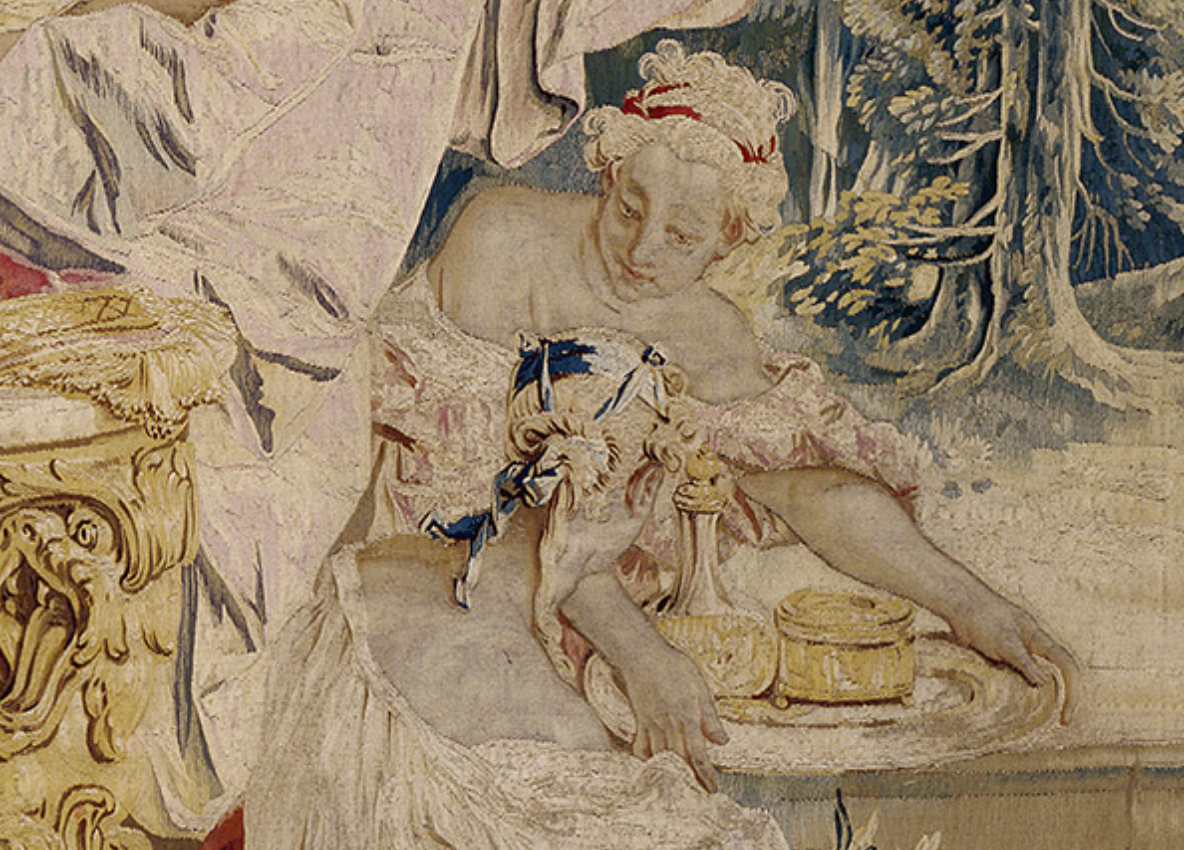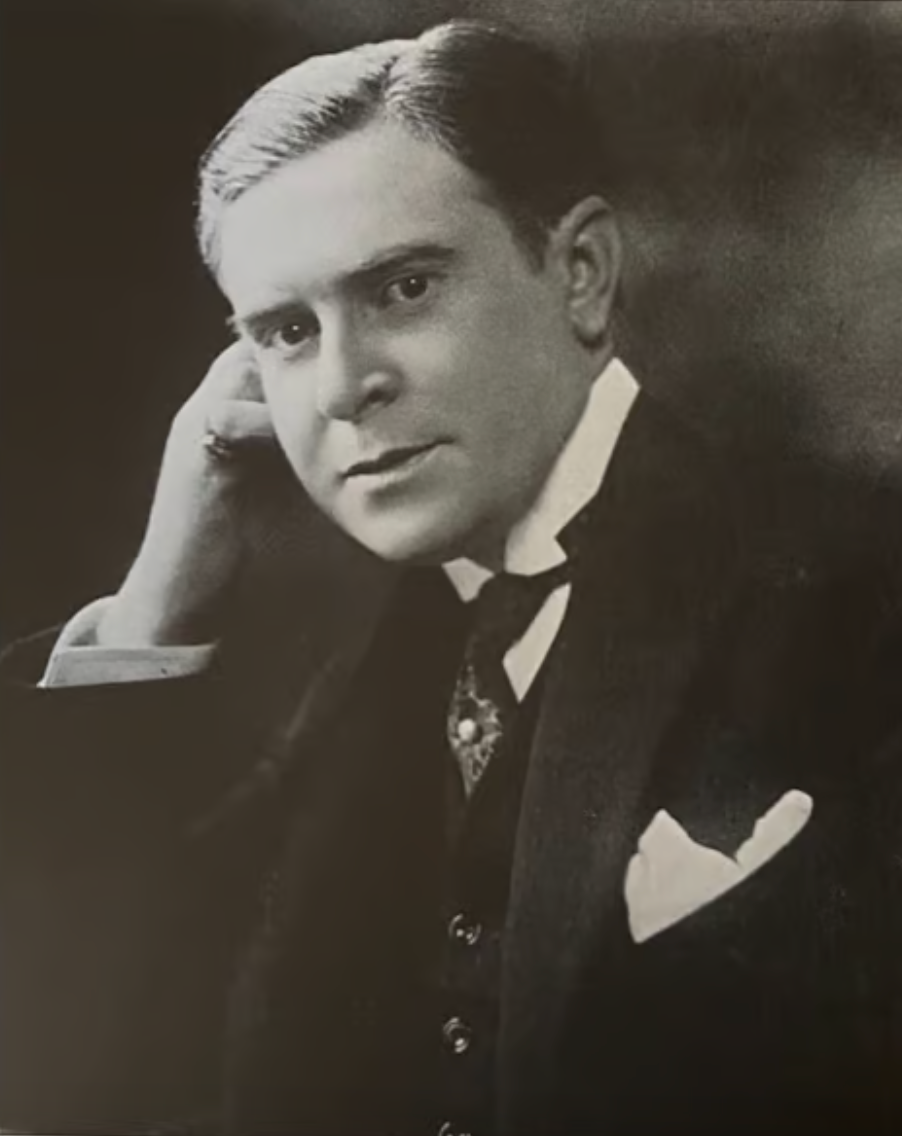

on fragrance creation: the Heritage of grasse
At ELLESSÈNE, fragrance is more than scent; it is a doorway into memory. Our creations are born in France, where history, artistry, and alchemy weave together to craft a rare legacy. At the heart of this story lies Grasse, a town transformed by tradition and ingenuity into the world’s perfume capital: a place that holds fragrance as an art form, a cultural tradition, and a way of life.
The connection between France and fragrance traces back to the 12th century, when Crusaders returning from the Middle East brought the art of distillation and scented oils to Europe. France, with its courtly opulence, embraced these aromas; royals and nobility found in fragrance not just a personal luxury but a mark of social prestige.

Alchemists at work with distillation apparatuses, 16th century. Techniques that laid the groundwork for essential oil extraction.
In the 16th century, Catherine de' Medici, queen consort to King Henry II, arrived from Italy with her personal perfumer, René le Florentin, who introduced innovations that would shape French perfumery. Perfumed gloves became a signature accessory of the elite, sparking the integration of scent into everyday French culture. The trend swept through court life, as perfume emerged not only as a cosmetic pleasure but also as a tool of distinction and refinement.

The Toilette of Psyche, 1741–42. An attendant with perfume and powder, symbolizing fragrance's role in masking odors and showcasing status among French nobility.
But while Paris and royal courts made perfume a cultural phenomenon, it was Grasse that rooted it in craft. Located in Provence, Grasse had long been known for leather tanning—a trade dating back to the Middle Ages that paradoxically set the stage for its perfume fame. Leather, although valuable, carried an unpleasant scent. To mask it, artisans began scenting their leather goods with local flowers like jasmine and rose, sourced from the region’s fertile soil. The town quickly earned renown for its scented leathers, and a shift began: by the 17th century, perfumery had outgrown leather as Grasse’s central industry, becoming its own form of artistry.
By the 18th century, Grasse was synonymous with high-caliber fragrance. The abundance of flowers was more than decorative; the area’s jasmine, which flourished in its mild Mediterranean climate, was unparalleled in quality. Jasmine and other flowers became the pillars of French perfume, representing a legacy of beauty that went beyond the scent itself—it became about purity, complexity, and craftsmanship. Each bloom was harvested with care, as methods of enfleurage—capturing the flower’s essence in layers of fat—and steam distillation perfected over time. These practices ensured that the essence of Grasse’s flowers was captured in their truest form, creating fragrances that resonated with depth and memory.

Workers harvest delicate jasmine in the fields of Grasse, France.
By the late 1700s, the rise of “noses”—master perfumers trained in the delicate art of layering top, heart, and base notes—elevated perfumery to an art form comparable to music or painting. These artisans, often trained from a young age, understood that scent unfolds over time, creating a narrative that could evoke nostalgia, seduction, or tranquility. The use of natural botanical ingredients became as precise as a composer’s notes, with every element carefully selected to tell a story through scent.

François Coty, 1874–1934. A pioneer of modern perfume, Coty redefined the industry by making luxury fragrances accessible beyond traditional high-society.
The industrial age in the 19th century brought synthetics, promising scalable, cost-effective production, yet Grasse protected natural purity. Many industries leaned into the expedience of synthetic compounds, but Grasse’s artisans, valuing authenticity, continued to refine their work with natural botanicals. Their commitment helped retain the allure of French perfumes as rare, artisanal, and deeply evocative. Even as the modern perfume industry grew, Grasse’s dedication to traditional methods preserved its legacy, symbolizing resistance to mass-produced homogeneity.

Perfume Distillation in Grasse, late 19th century. Queen Victoria tours a Grasse perfume factory, observing the distillation process that established the region’s fragrance craftsmanship.
In 2018, Grasse’s legacy was etched into history when UNESCO recognized its traditional fragrance-making techniques as part of the Intangible Cultural Heritage of Humanity, a mark of preservation that safeguards the artistry, skill, and devotion carried through generations. For ELLESSÈNE, these traditions are more than history—they’re a foundation, a connection to the artistry and natural purity that define our craft. Each ELLESSÈNE fragrance carries this legacy forward, blending art and nature to create scents that echo and endure, evoking a feeling designed to last.



